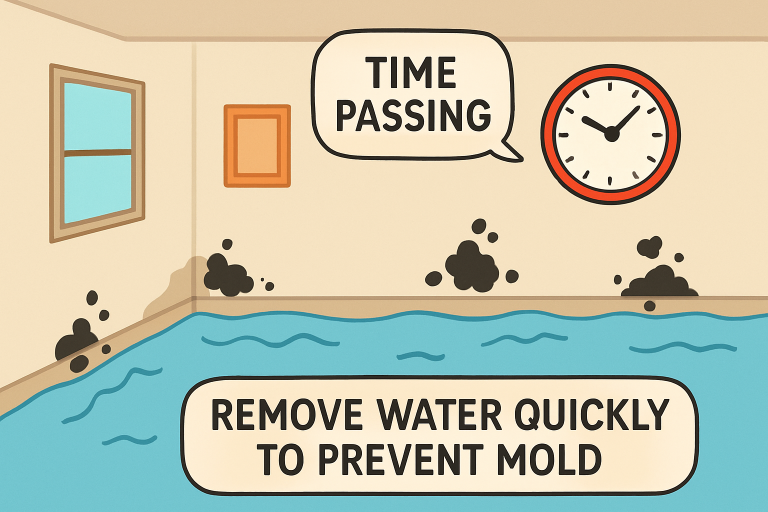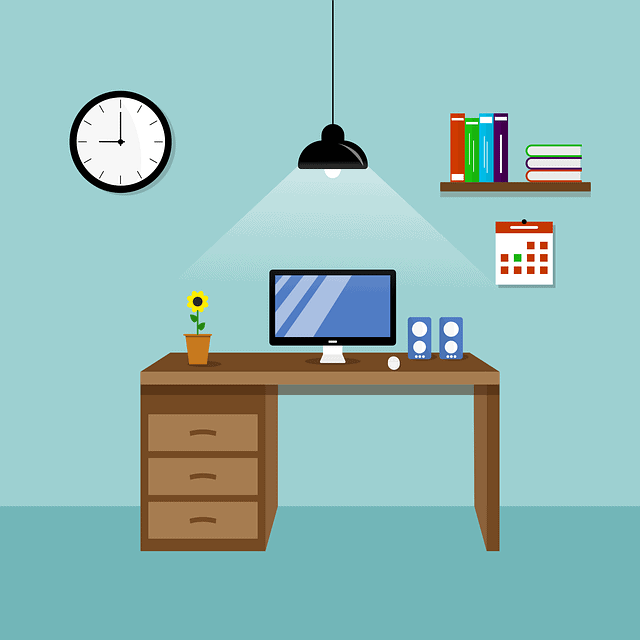Home Improvement
How to Prevent Mold Growth After Water Damage
Key Takeaways:
- Immediate water removal is crucial to prevent mold development.
- Thorough drying and dehumidification are essential steps.
- Proper cleaning and disinfection help eliminate mold spores.
- Monitoring indoor humidity levels can deter mold growth.
Table of Contents:
- Immediate Water Removal
- Thorough Drying and Dehumidification
- Cleaning and Disinfecting Affected Areas
- Removing Damaged Materials
- Monitoring Indoor Humidity Levels
- Ensuring Proper Ventilation
- Seeking Professional Assistance
- Conclusion
Water damage can create the perfect environment for mold to thrive, often leading to health risks and costly repairs if not addressed promptly. Mold can start growing in as little as 24 to 48 hours after exposure to water, making it critical to take action promptly. If your home or property has experienced water damage, understanding how to prevent mold growth is essential for maintaining a healthy living space. Professional mold remediation services can be a valuable resource, especially in situations involving extensive damage or persistent moisture problems.
Mold not only damages building materials but also negatively affects indoor air quality, contributing to allergies, respiratory problems, and other health issues. Acting quickly and following the proper steps can stop small issues from turning into major infestations. By combining immediate response with ongoing preventive measures, you can help ensure your home stays mold-free after a water emergency.
Immediate Water Removal
The first and most critical step after any water incident is prompt removal of standing water. Time is of the essence because mold spores can begin germinating rapidly. Use wet/dry vacuums, mops, and towels to soak up as much water as possible. In cases of significant flooding or where water seeps deeply into surfaces, it may be wise to call in water damage restoration experts who have industrial-grade extraction equipment. Quick water removal sets the foundation for all other mold prevention efforts. Working with a water damage restoration company near me ensures that this process is thorough and effective. Early intervention by specialists can save both time and money compared to DIY methods, as they handle everything from moisture detection to structural repairs while also offering guidance on preventing future water damage and mold growth.
Thorough Drying and Dehumidification
After the initial water extraction, areas must be thoroughly dried to remove residual moisture hidden within walls, floors, and furniture. High-powered fans accelerate surface drying, while dehumidifiers remove moisture from the air, preventing condensation and reducing the risk of further mold growth. Open windows and doors when the weather permits, but verify lower outdoor humidity to avoid introducing new moisture. This step can take several days depending on temperature, airflow, and the extent of saturation. Consistency during this phase is key.
Cleaning and Disinfecting Affected Areas
Once visible dampness is gone, every exposed surface should be cleaned and disinfected to destroy lingering mold spores. A cleaning solution made from one cup of bleach per gallon of water is effective for disinfecting most hard surfaces, according to the U.S. Environmental Protection Agency (EPA). Always wear protective gloves, and ensure adequate ventilation during the cleaning process to avoid inhaling potentially harmful fumes. Take care to reach corners, cracks, and behind fixtures where mold may start to grow unnoticed.
Removing Damaged Materials
Certain materials, such as carpeting, drywall, and insulation, are porous and can retain moisture even when the surface appears dry. These materials can become breeding grounds for mold and often require removal if they remain damp after 24-48 hours. Inspect thoroughly and discard any item showing visible mold, persistent dampness, or a musty odor. When in doubt, consult a restoration professional to assess whether structural components, such as subfloors or wall cavities, are salvageable. Meanwhile, engaging experts in water damage restoration can be beneficial as they can help pinpoint hidden moisture pockets and ensure damaged materials are removed safely before they lead to bigger structural issues.
Monitoring Indoor Humidity Levels
Keeping humidity under control is key to long-term mold prevention. Use a hygrometer to measure indoor humidity and aim to keep levels below 50%. High humidity can result from everyday activities such as cooking, showering, or drying laundry indoors. Conduct regular checks in basements, bathrooms, and other high-risk areas, and use dehumidifiers as needed. Quick detection of rising moisture levels lets you act before mold has a chance to take hold.
Ensuring Proper Ventilation
Good airflow is vital for moisture control. Use bathroom and kitchen exhaust fans during and after activities that generate steam. Install or maintain vents in attics and crawl spaces to reduce the buildup of dampness. Opening windows each day, when practical, helps bring in fresh air and lowers moisture indoors, as long as outside humidity isn’t excessive. Air purifiers with HEPA filters can also trap mold spores, further improving air quality, especially in homes with occupants who are sensitive to allergies.
Seeking Professional Assistance
If mold growth appears severe, or if you suspect hidden contamination behind walls or under flooring, it’s wise to contact certified professionals. Mold remediation experts possess the necessary tools and training to identify, contain, and safely remove mold, thereby significantly reducing health risks and preventing recurrence. Early intervention by specialists can save you both time and money compared to a DIY approach, which often yields uncertain results.
Conclusion
Preventing and addressing mold after water damage requires a combination of swift action, thorough cleanup, and ongoing vigilance. Immediate water removal, careful drying and dehumidification, and proper cleaning and disinfection are crucial steps to prevent mold from taking hold. Removing damaged materials, controlling indoor humidity, and ensuring adequate ventilation further reduces the risk of regrowth. For more extensive or persistent issues, professional mold remediation offers the expertise and equipment needed to protect both your home and your health. By following these measures consistently, you can safeguard your living space, maintain good indoor air quality, and minimize the long-term costs and hazards associated with mold.






